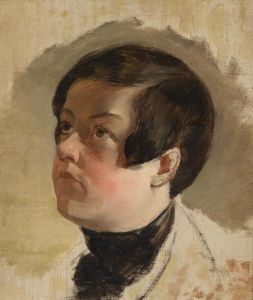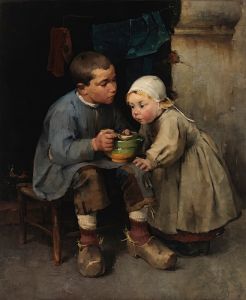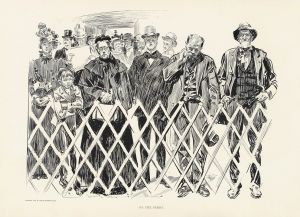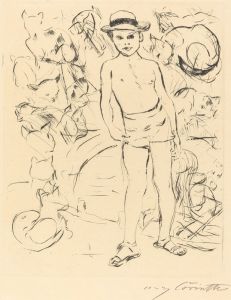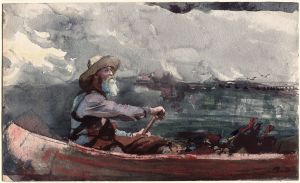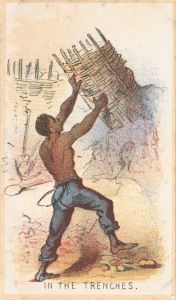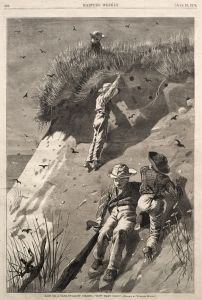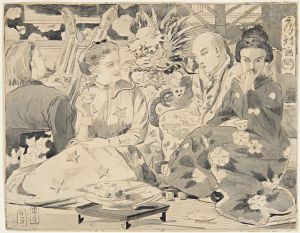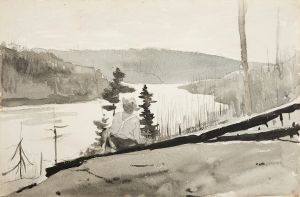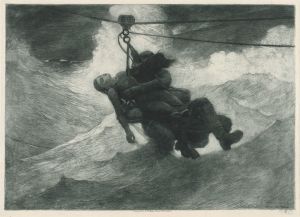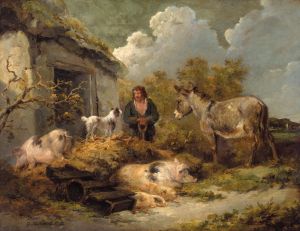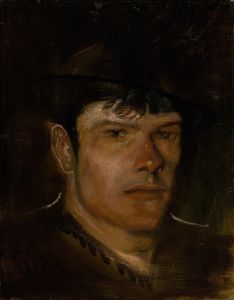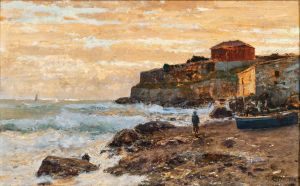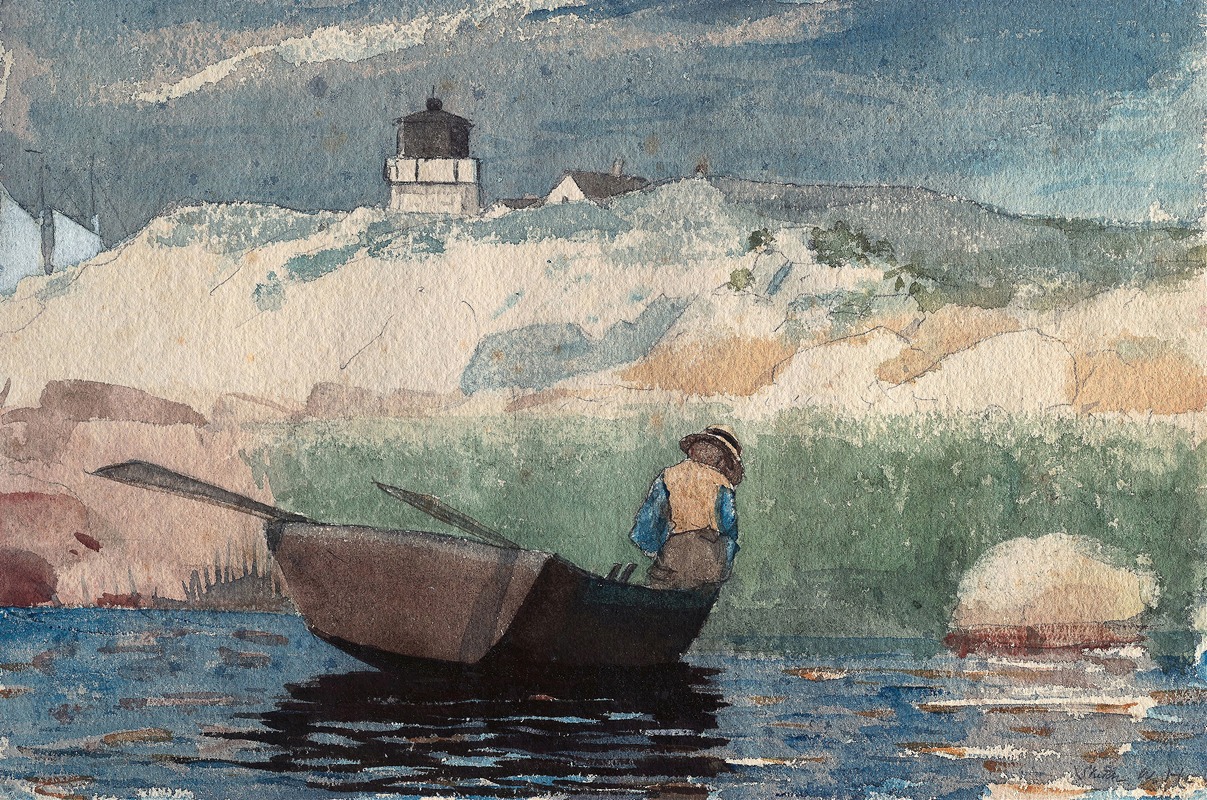
Boy in Boat, Gloucester
A hand-painted replica of Winslow Homer’s masterpiece Boy in Boat, Gloucester, meticulously crafted by professional artists to capture the true essence of the original. Each piece is created with museum-quality canvas and rare mineral pigments, carefully painted by experienced artists with delicate brushstrokes and rich, layered colors to perfectly recreate the texture of the original artwork. Unlike machine-printed reproductions, this hand-painted version brings the painting to life, infused with the artist’s emotions and skill in every stroke. Whether for personal collection or home decoration, it instantly elevates the artistic atmosphere of any space.
"Boy in Boat, Gloucester" is a painting by the renowned American artist Winslow Homer. Created in 1873, this work is a fine example of Homer's early watercolor technique, which he developed during his time in Gloucester, Massachusetts. Homer is widely celebrated for his ability to capture the essence of American life and landscapes, and this painting is no exception.
The painting depicts a young boy seated in a small boat, set against the backdrop of the serene waters of Gloucester Harbor. The boy, dressed in simple clothing typical of the period, appears to be lost in thought as he gazes out over the water. The composition is both tranquil and evocative, showcasing Homer's skill in rendering light and water with remarkable realism.
Homer's use of watercolor in "Boy in Boat, Gloucester" is particularly noteworthy. Watercolor, a medium that requires a high degree of precision and control, allowed Homer to achieve a delicate balance of color and light. The transparency of the watercolor medium lends a luminous quality to the painting, enhancing the reflective surface of the water and the soft, diffused light of the scene.
During the early 1870s, Winslow Homer spent several summers in Gloucester, a bustling fishing town on the coast of Massachusetts. This period was crucial in the development of his artistic style. The coastal environment, with its ever-changing light and weather conditions, provided Homer with ample inspiration and subject matter. "Boy in Boat, Gloucester" is one of several works from this period that capture the daily life and natural beauty of the area.
Homer's choice of subject matter in this painting reflects his broader interest in depicting the lives of ordinary people and their interactions with nature. The solitary figure of the boy in the boat can be seen as a metaphor for the individual's relationship with the natural world, a theme that recurs throughout Homer's oeuvre.
"Boy in Boat, Gloucester" is housed in the collection of the Art Institute of Chicago, where it continues to be admired for its technical mastery and evocative simplicity. The painting is a testament to Homer's ability to convey complex emotions and narratives through seemingly straightforward scenes.
Winslow Homer (1836-1910) is considered one of the foremost painters in 19th-century American art. He began his career as a commercial illustrator before transitioning to painting. His works encompass a wide range of subjects, including landscapes, seascapes, and scenes of rural and coastal life. Homer's innovative use of watercolor and his keen observational skills have earned him a lasting legacy in the history of American art.
In summary, "Boy in Boat, Gloucester" is a significant work within Winslow Homer's body of work, exemplifying his early mastery of watercolor and his ability to capture the quiet beauty of everyday moments. The painting remains a cherished piece in the Art Institute of Chicago's collection, offering viewers a glimpse into the artist's vision and the world of 19th-century Gloucester.





